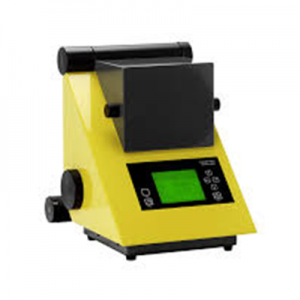Turbidity, a measure of cloudiness in liquids, has been recognized as a simple and basic indicator of water quality. It has been used for monitoring drinking water, including that produced by filtration for decades. Turbidity measurement involves the use of a light beam, with defined characteristics, to determine the semi-quantitative presence of particulate material present in the water or other fluid sample. The light beam is referred to as the incident light beam. Material present in the water causes the incident light beam to scatter and this scattered light is detected and quantified relative to a traceable calibration standard. The higher the quantity of the particulate material contained in a sample, the greater the scattering of the incident light beam and the higher the resulting turbidity.
Turbidity meters are used to quickly measure the turbidity (or cloudiness) of water, caused by suspended solid particles.
Understanding how turbidity meters work can help in achieving more accurate results and ensuring the samples and meter are handled correctly. Quality first has a complete range of Turbidity Meters for the measurement of water quality. A range that consists of measurement solutions for turbidity, from simple tubes to accurate bench top meters
We offer a range of turbidity meters to meet your regulatory standards: US EPA Method 180.1, ISO 7027, and ASTM 6855-03. Select your turbidity meter based on the measurement requirements. Handheld, portable turbidity meters are good for the laboratory, manufacturing floor, and field use. Benchtop turbidity meters are ideal for lab applications typically offering larger displays and more robust data management systems.
Do not hesitate to contact us for further information and supply of right equipment as per your need.

